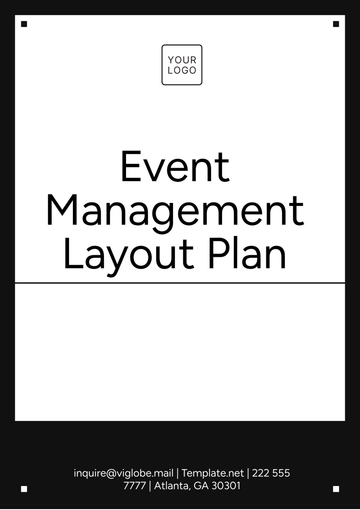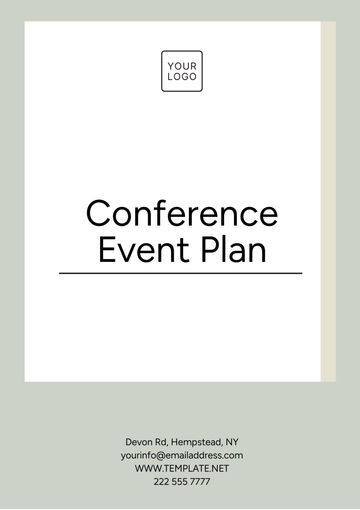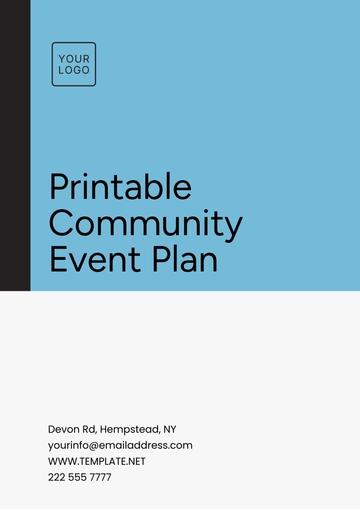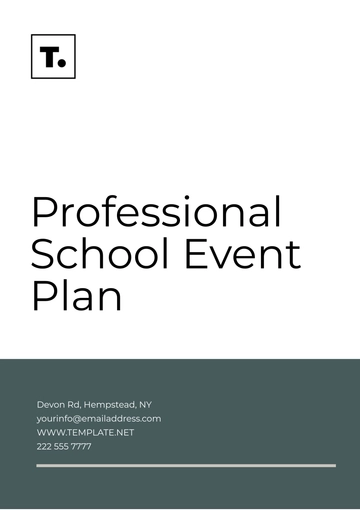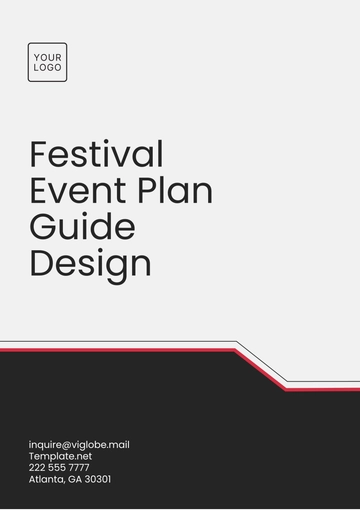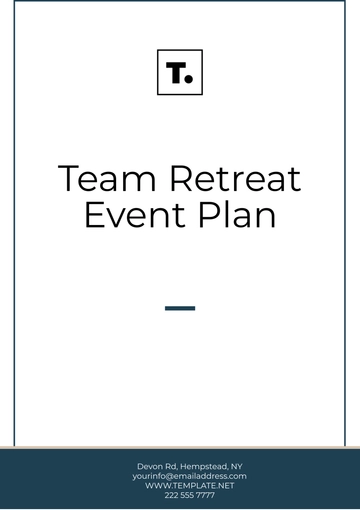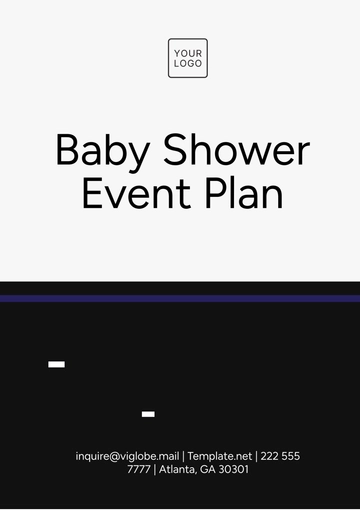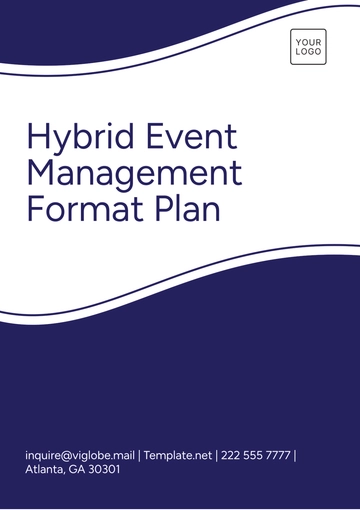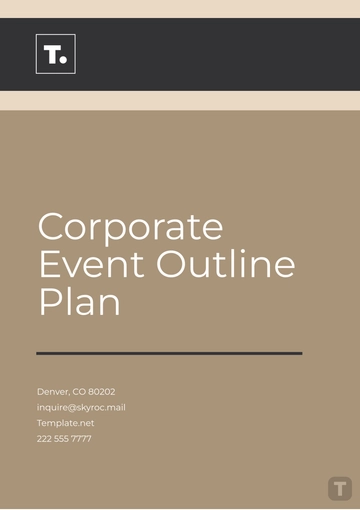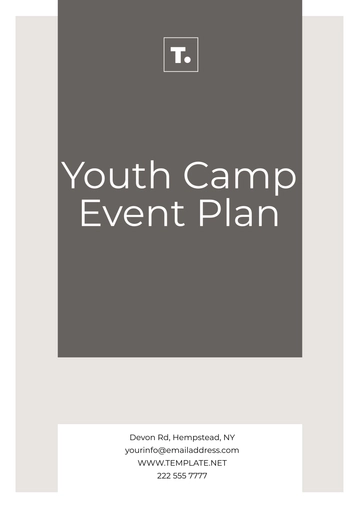Free Hybrid Event Management Format Plan
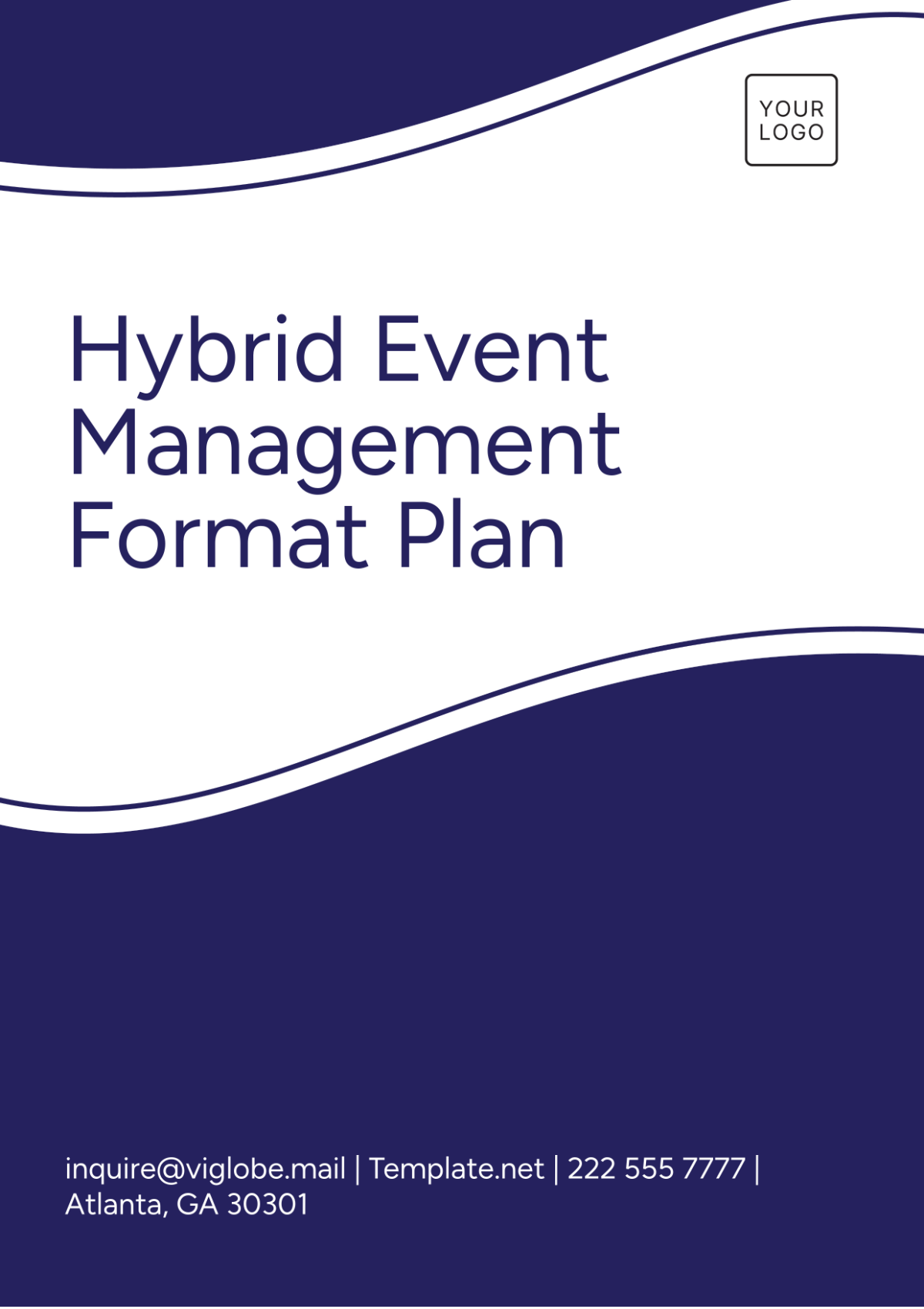
I. Introduction
This plan outlines a comprehensive strategy for managing hybrid events that seamlessly blend in-person and virtual components. Hybrid events offer flexibility and accessibility, allowing organizations to engage a broader audience. This document covers the essential aspects of organizing such events effectively, ensuring that both physical and virtual participants have an enriching experience.
II. Planning the Hybrid Event
1. Defining Objectives and Goals
Begin by clearly defining the primary objectives of the hybrid event. Ask yourself:
What do you hope to achieve?
Are you aiming to increase brand awareness, generate leads, enhance customer loyalty, or provide educational content?
Set specific, measurable, achievable, relevant, and time-bound (SMART) goals to guide the planning process. For example, aim for a specific number of registrations, a target engagement rate, or measurable feedback scores.
2. Audience Analysis and Engagement
Understanding your audience is crucial for successful engagement.
Demographic Research: Analyze the demographics and preferences of your target audience to tailor content and interactions effectively. Consider conducting surveys or focus groups to gather insights.
Engagement Strategy: Develop a comprehensive engagement strategy that incorporates activities appealing to both in-person and virtual attendees. Consider incorporating:
Interactive Sessions: Use polls, Q&A sessions, and breakout discussions to foster interaction.
Networking Opportunities: Create virtual networking rooms for online attendees and designated areas for in-person participants to facilitate connections.
III. Logistics and Coordination
1. Venue Selection and Virtual Platform
Choosing the right venue and virtual platform is critical for the event's success.
Venue Considerations: Select a location that is easily accessible and equipped with the necessary technical infrastructure (e.g., high-speed internet, AV equipment).
Virtual Platform Selection: Choose a reliable virtual platform that can accommodate the expected number of online participants, offering robust streaming capabilities and interactive features like chat, polls, and breakout rooms.
2. Technology and Equipment
Invest in the appropriate technology and equipment to ensure seamless integration between in-person and virtual elements.
Required Equipment | Purpose |
|---|---|
Cameras | For live streaming and recording the event. Consider using multiple cameras for different angles. |
Microphones | Ensure clear audio for hybrid communication; consider using wireless options for speakers. |
Projectors | Display visual content at the venue, ensuring all attendees can view presentations clearly. |
Lighting Equipment | Proper lighting is essential for both video quality and in-person visibility. |
Monitors | For in-person attendees to see virtual participants and presentations clearly. |
IV. Program Development
1. Content Creation
Develop engaging content that caters to both in-person and online audiences. This can include:
Keynote Speakers: Invite industry experts to provide valuable insights.
Panel Discussions: Host discussions with diverse perspectives, encouraging audience participation.
Breakout Sessions: Offer smaller, interactive sessions that allow for deeper engagement.
2. Scheduling and Timing
Create a detailed schedule that accommodates the various time zones of your virtual attendees while keeping in-person participants engaged. Clearly communicate the agenda to all participants in advance.
V. Marketing and Promotion
1. Pre-Event Marketing
Promote the event through various channels, such as:
Social Media: Use targeted ads and organic posts to reach your audience.
Email Campaigns: Send regular updates and reminders to build excitement.
Partnerships: Collaborate with industry influencers or organizations to broaden your reach.
2. Registration and Ticketing
Implement a streamlined registration process:
Online Registration System: Utilize an efficient platform for managing registrations.
Early-Bird and Group Discounts: Encourage early sign-ups and group attendance.
Ticket Categories: Offer different ticket options for virtual and in-person attendees, catering to various budgets and preferences.
VI. Execution and Follow-up
1. On-site and Online Management
Implement effective management strategies to ensure smooth operations during the event:
On-site Team: Designate roles for team members responsible for different aspects (e.g., tech support, attendee engagement).
Online Moderators: Have moderators for virtual sessions to facilitate discussions and address technical issues.
2. Post-Event Evaluation
Gather feedback and analyze data to assess the success of the event:
Post-Event Surveys: Send surveys to attendees to gather insights on their experience and suggestions for improvement.
Review Metrics: Analyze registration numbers, attendance rates, engagement metrics, and social media mentions to gauge the event's impact.
VII. Conclusion
This hybrid event management plan provides a structured and strategic approach to organizing events that effectively combine physical and digital elements. By focusing on audience engagement, logistical coordination, and thorough evaluation, organizations can enhance overall reach and foster meaningful connections with attendees, regardless of their chosen format.
- 100% Customizable, free editor
- Access 1 Million+ Templates, photo’s & graphics
- Download or share as a template
- Click and replace photos, graphics, text, backgrounds
- Resize, crop, AI write & more
- Access advanced editor
Elevate your event planning with the Hybrid Event Management Format Plan Template from Template.net. This customizable template offers a seamless experience for both in-person and virtual events. Editable in our AI Editor Tool, you can effortlessly tailor each detail to fit your needs, ensuring a smooth and successful event every time. Start planning today!
You may also like
- Finance Plan
- Construction Plan
- Sales Plan
- Development Plan
- Career Plan
- Budget Plan
- HR Plan
- Education Plan
- Transition Plan
- Work Plan
- Training Plan
- Communication Plan
- Operation Plan
- Health And Safety Plan
- Strategy Plan
- Professional Development Plan
- Advertising Plan
- Risk Management Plan
- Restaurant Plan
- School Plan
- Nursing Home Patient Care Plan
- Nursing Care Plan
- Plan Event
- Startup Plan
- Social Media Plan
- Staffing Plan
- Annual Plan
- Content Plan
- Payment Plan
- Implementation Plan
- Hotel Plan
- Workout Plan
- Accounting Plan
- Campaign Plan
- Essay Plan
- 30 60 90 Day Plan
- Research Plan
- Recruitment Plan
- 90 Day Plan
- Quarterly Plan
- Emergency Plan
- 5 Year Plan
- Gym Plan
- Personal Plan
- IT and Software Plan
- Treatment Plan
- Real Estate Plan
- Law Firm Plan
- Healthcare Plan
- Improvement Plan
- Media Plan
- 5 Year Business Plan
- Learning Plan
- Marketing Campaign Plan
- Travel Agency Plan
- Cleaning Services Plan
- Interior Design Plan
- Performance Plan
- PR Plan
- Birth Plan
- Life Plan
- SEO Plan
- Disaster Recovery Plan
- Continuity Plan
- Launch Plan
- Legal Plan
- Behavior Plan
- Performance Improvement Plan
- Salon Plan
- Security Plan
- Security Management Plan
- Employee Development Plan
- Quality Plan
- Service Improvement Plan
- Growth Plan
- Incident Response Plan
- Basketball Plan
- Emergency Action Plan
- Product Launch Plan
- Spa Plan
- Employee Training Plan
- Data Analysis Plan
- Employee Action Plan
- Territory Plan
- Audit Plan
- Classroom Plan
- Activity Plan
- Parenting Plan
- Care Plan
- Project Execution Plan
- Exercise Plan
- Internship Plan
- Software Development Plan
- Continuous Improvement Plan
- Leave Plan
- 90 Day Sales Plan
- Advertising Agency Plan
- Employee Transition Plan
- Smart Action Plan
- Workplace Safety Plan
- Behavior Change Plan
- Contingency Plan
- Continuity of Operations Plan
- Health Plan
- Quality Control Plan
- Self Plan
- Sports Development Plan
- Change Management Plan
- Ecommerce Plan
- Personal Financial Plan
- Process Improvement Plan
- 30-60-90 Day Sales Plan
- Crisis Management Plan
- Engagement Plan
- Execution Plan
- Pandemic Plan
- Quality Assurance Plan
- Service Continuity Plan
- Agile Project Plan
- Fundraising Plan
- Job Transition Plan
- Asset Maintenance Plan
- Maintenance Plan
- Software Test Plan
- Staff Training and Development Plan
- 3 Year Plan
- Brand Activation Plan
- Release Plan
- Resource Plan
- Risk Mitigation Plan
- Teacher Plan
- 30 60 90 Day Plan for New Manager
- Food Safety Plan
- Food Truck Plan
- Hiring Plan
- Quality Management Plan
- Wellness Plan
- Behavior Intervention Plan
- Bonus Plan
- Investment Plan
- Maternity Leave Plan
- Pandemic Response Plan
- Succession Planning
- Coaching Plan
- Configuration Management Plan
- Remote Work Plan
- Self Care Plan
- Teaching Plan
- 100-Day Plan
- HACCP Plan
- Student Plan
- Sustainability Plan
- 30 60 90 Day Plan for Interview
- Access Plan
- Site Specific Safety Plan




